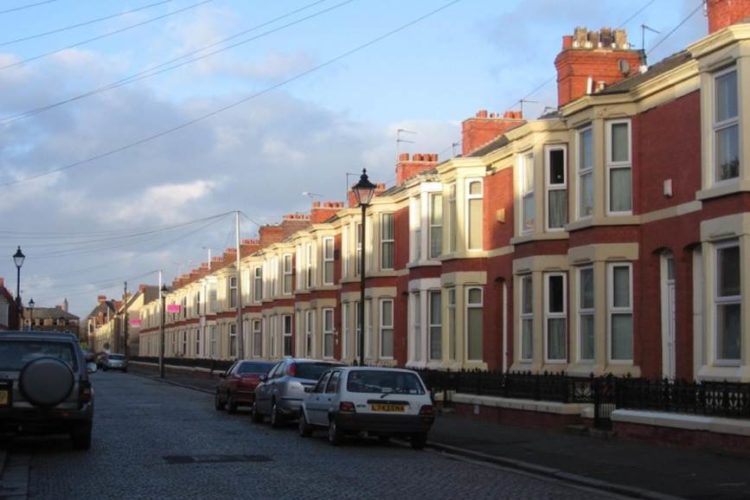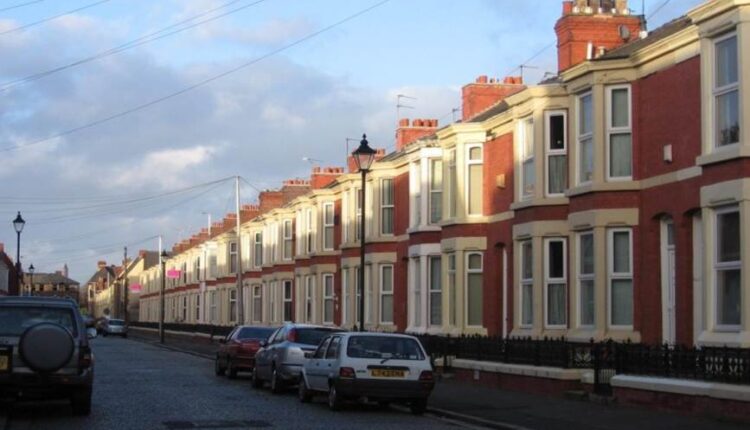Sefton Council to extend landlord licensing until 2028 following public consultation. Tony McDonough reports

Sefton Council says it will extend its landlord licensing scheme until 2028 following a “positive” response to its public consultation.
Landlord licensing was introduced in the borough in March 2018. It was attempted to raise the standard of private rented homes. So far it has seen the removal of more than 3,000 serious health and safety hazards from licensed properties.
These have included fire safety, electrical hazards, damp and mould and excess cold. Now, following a public consultation carried out earlier this year, the scheme is to be extended until February 2028.
Cllr Trish Hardy, Sefton Council’s Cabinet Member for Communities and Housing, said:
“Having these licensing schemes in place has helped the council to step in and deal with thousands of hazards being faced by private rented tenants across Sefton.
“The vast majority of cases are resolved informally by us working with the landlord, but we do not hesitate to use formal enforcement powers when necessary.
“Sefton Council’s approach is very much at odds with recent reports implying councils across the country are ‘failing’ private renters by failing to use enforcement powers.”
Click here to find out more about the scheme.
Liverpool is also operating a landlord licensing scheme. It first launched in 2015 but it was cancelled by the Government in 2020. The authority devised a new scheme which was approved and will run until April 2027.
It covers around 80% of rented residential properties in Liverpool. Targeting areas with housing in poor condition, the scheme will cover 16 wards where at least one in five homes is owned by a private landlord.
Around 45,000 of the 55,000 properties in the original city-wide scheme are covered. It gives the council additional powers to drive up standards and keep vulnerable tenants safe, such as tackling fire and electrical safety hazards, excess cold and damp.

